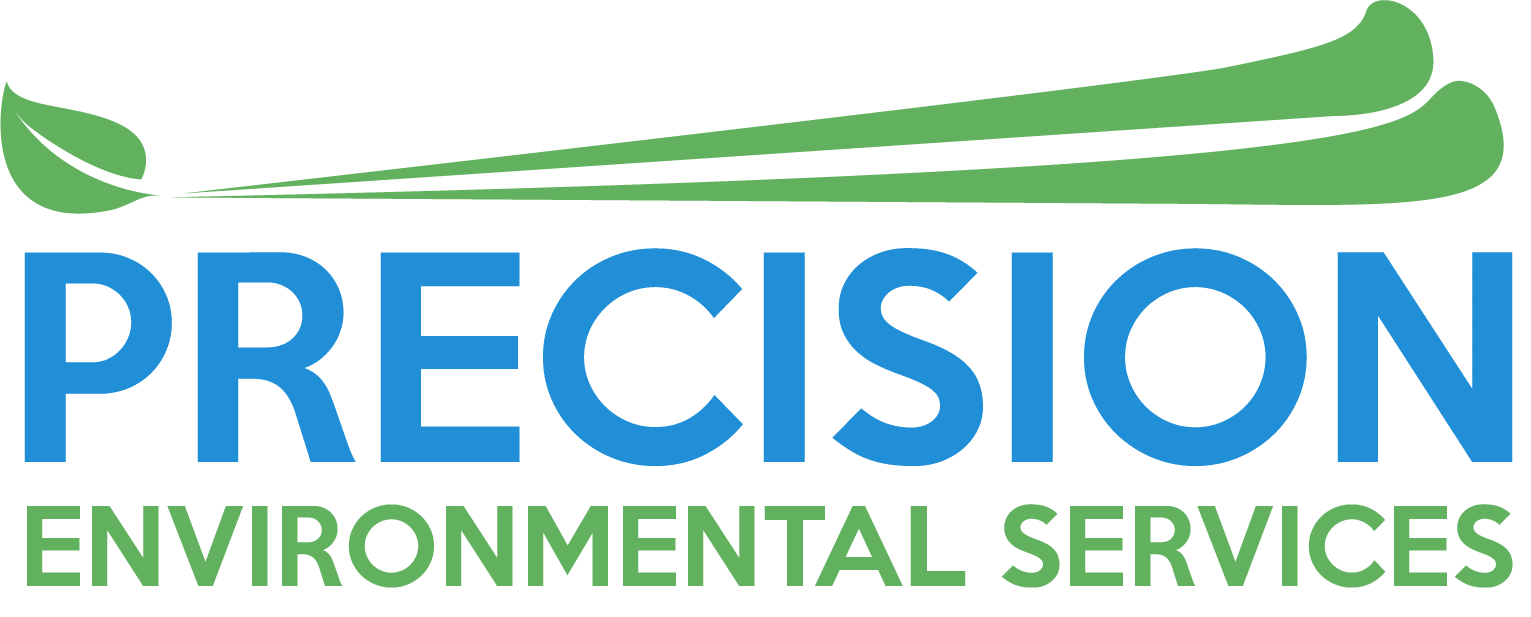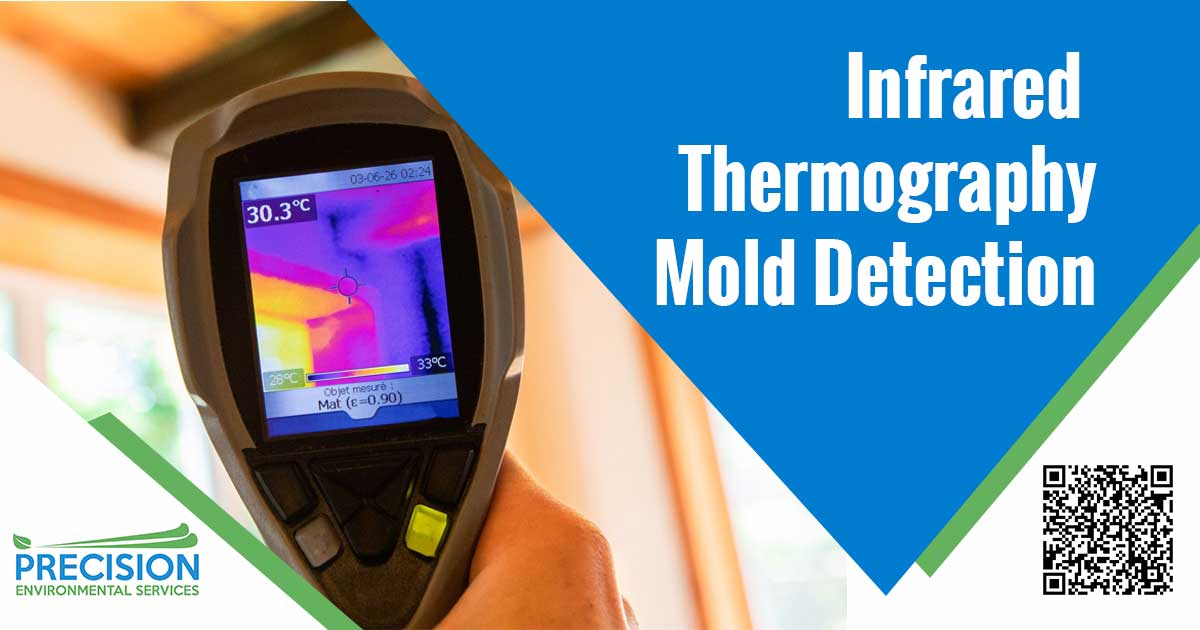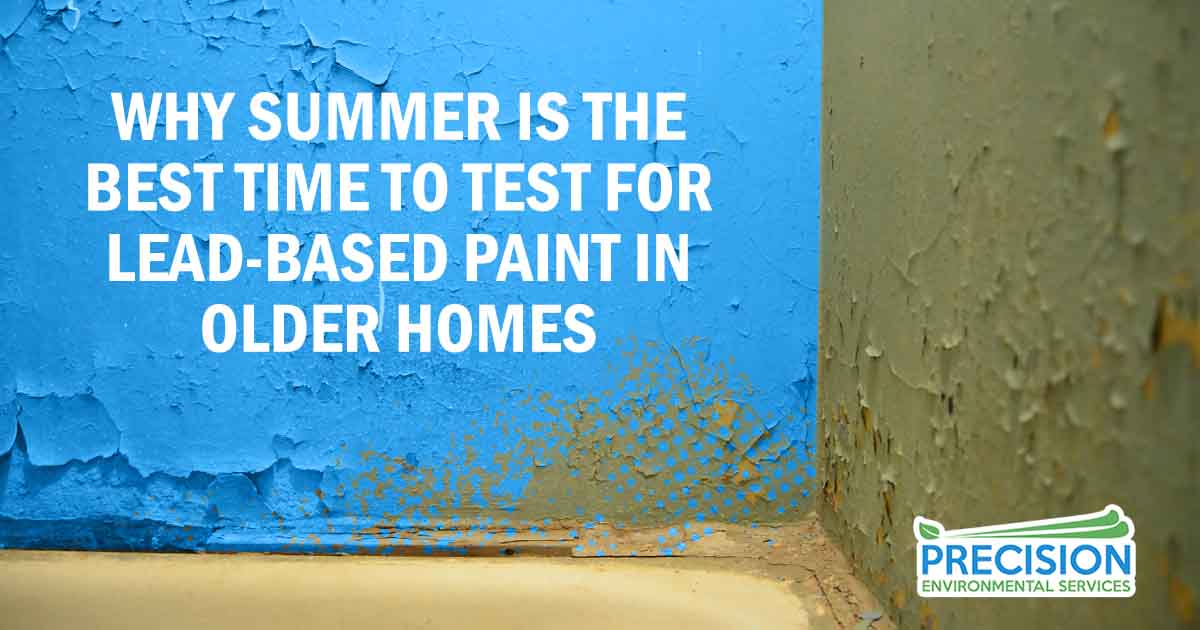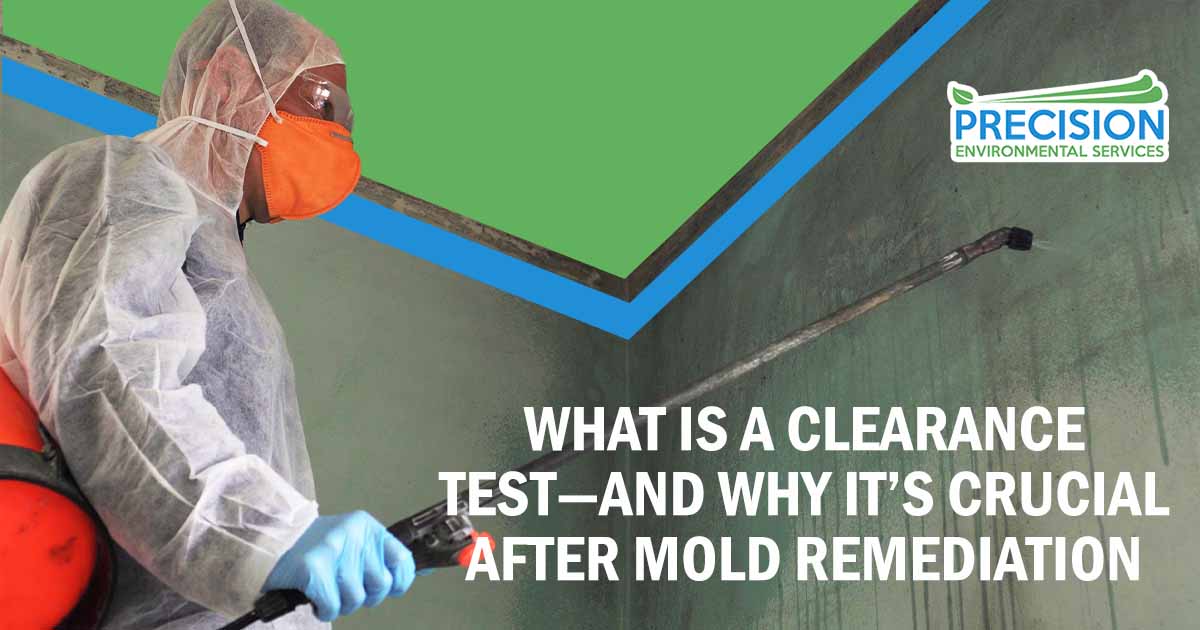A mold problem is nothing to take lightly. Unfortunately, it doesn’t take much for mold to be able to thrive. All you need is a few mold spores and some moisture to create an environment that encourages mold growth. If the situation isn’t dealt with promptly, you end up with quite the mold infestation. Seeing as mold spores are everywhere, your best bet for mold prevention is to control moisture problems. Unfortunately, it can be difficult to trace water damage to the source of the water leak or water intrusion. Thankfully, tools such as infrared thermography make it easier to see just how big your moisture problem is and where it might be coming from.
Thermal Imaging to Detect Moisture Damage and Mold
There are several areas where moisture may accumulate that you may not notice until there is significant damage. Many of these places are regularly overlooked during building inspections and home inspections. Without the proper testing tools, finding these areas will likely cause property damage. This is why some home inspectors are including thermal imaging as part of their regular home inspection. But thermal imaging isn’t only used by your local home inspector. It’s also commonly used by a mold inspector during mold inspections.
These thermography inspections allow the home buyer or existing home owners to see if there are any problem areas they need to have addressed. Detecting moisture often leads to detecting mold. And, if mold exists you want to get it taken care of before it leads to serious health problems. Early infrared mold detection also can save you time and money. If roof leaks or other water damage goes unnoticed then the problem can worsen and cost you far more than they would have had they been caught early.
If the water damage has not yet led to mold growth, then you’ll be able to take care of the damage before it promotes mold growth and causes a problem.
Infrared thermal imaging cameras can show water’s presence below a surface due to the temperature difference. The inspector can non-invasively focus on the probable area to identify any abnormalities. This saves them from having to open up the wall, ceiling, and floor where it is not needed.
Popular Places to Use Thermal Imaging Cameras
There are several places a mold inspector may use a thermal imaging camera. For example, if a skylight has air leakage, then there may also be a water leak. Some areas are also more naturally prone to moisture and leaks.
When thermal imaging for mold detection, the mold inspector may focus on areas such as the ceiling to look for leaks in the roof. They may also check basements, along the baseboards and walls, or in bathrooms and kitchens. Essentially anywhere at risk for water infiltration can be checked. Remember, the moisture or water damage may not be visible to the naked eye. That’s what makes an infrared inspection so valuable. The last thing anyone wants to do is live in a home with a mold problem causing poor indoor air quality and health issues. The thermal image camera allows the mold inspector to examine the building thoroughly while testing different areas to determine the scope of the moisture or mold problems without ever damaging the building itself.
What Happens if They Find Moisture or Mold?
If your mold inspection does detect mold growth and contamination with an infrared mold detector, then it’s time to start looking into damage restoration and mold remediation. Your mold remediator can conduct mold testing to determine which type of mold is present. They’ll include all this information in your inspection report for your records and insurance purposes. They can also take care of removing the mold for you and guide you to the source of the problem so you can have it repaired in order to prevent future problems.
When Do I Need Infrared Camera Mold Detection?
While it would be ideal to do infrared camera inspections on every home regularly, it’s not always an option. However, there are a few situations when you may want to call in a professional for a moisture survey. For example, it may be time to have an imaging inspection if you have visible mold but are unsure of the source of the moisture. Another indication you may want to hire someone with special training to use an infrared thermal imaging camera for mold detection is if your home has mold smells and you can’t trace them to the source.
If you already know you have a mold problem and you’ve reached out to mold remediators, they may use IR camera technology and thermal imaging for mold to get a better idea of how big the problem is before they start the remediation. It will allow them to see how much drywall, insulation, and even carpet is compromised.
Using thermographic imaging when doing a building inspection, be it on commercial buildings or residential homes, is a great way to identify a leak and moisture that could ultimately lead to a serious mold problem.






